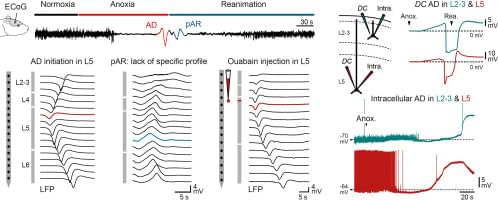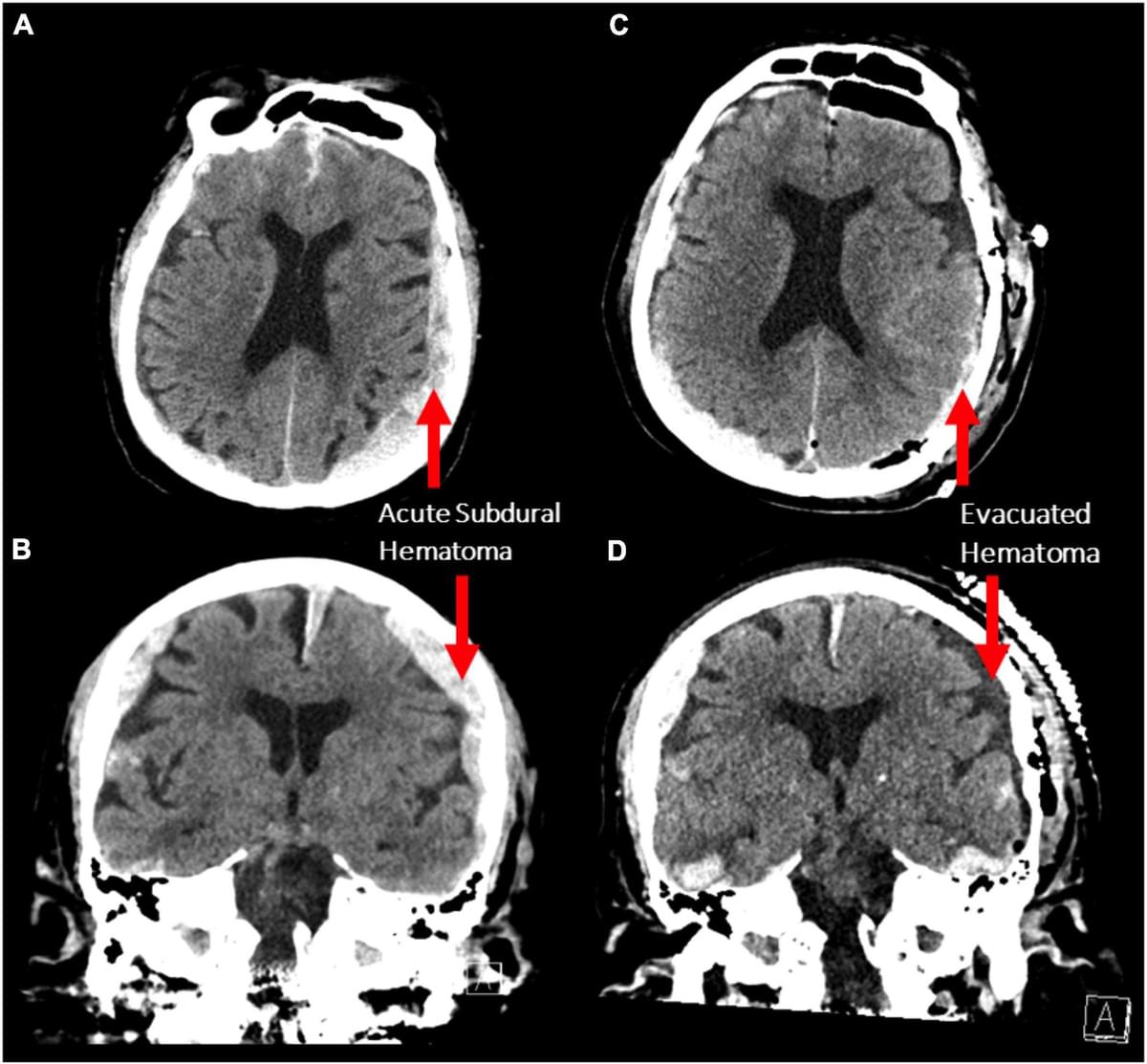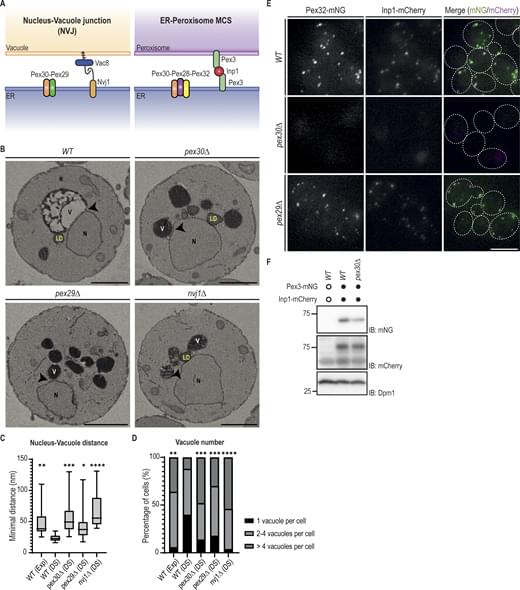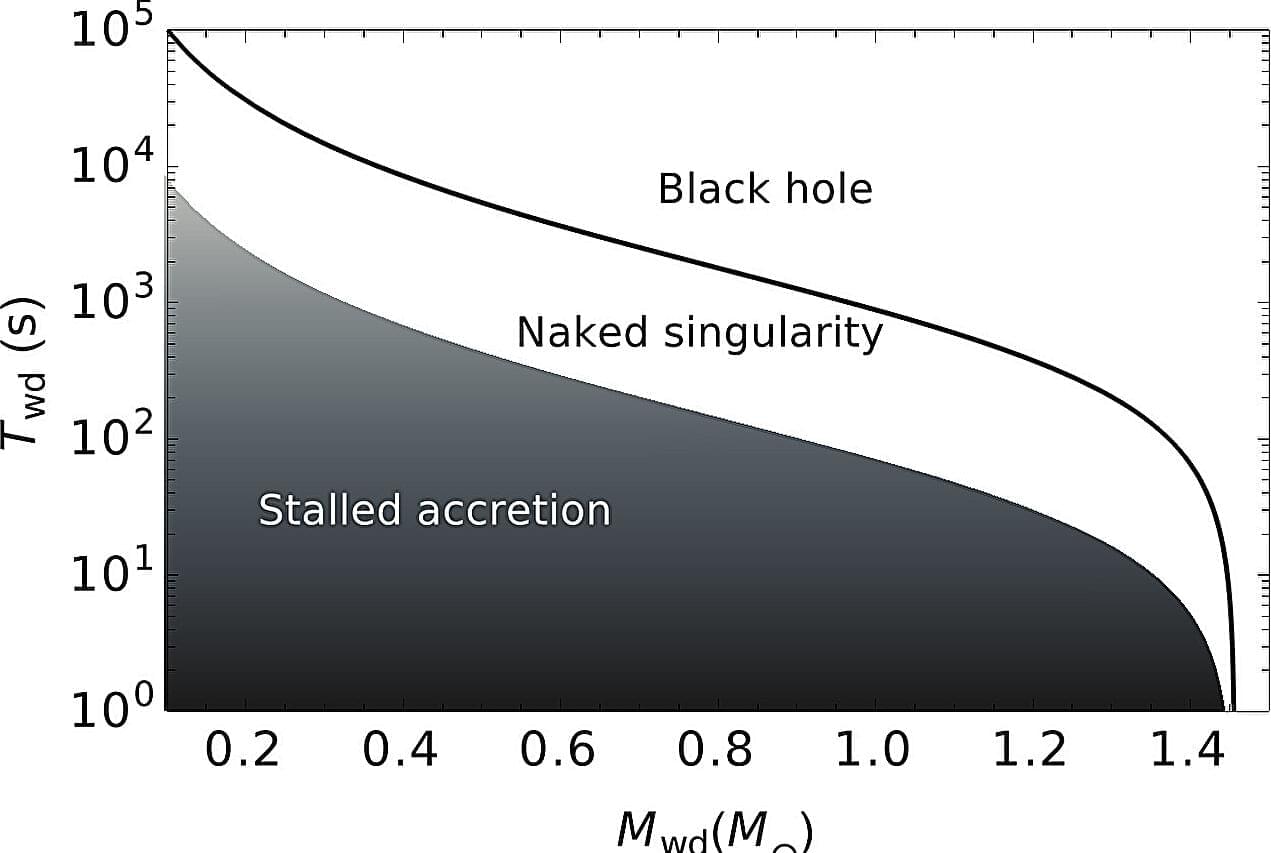CRISPR-TO, a system for programmable control of spatial localization of cellular RNAs, is presented and enables functional investigation of endogenous RNA localization in diverse living cells.
Roughly 10 percent of the U.S. population is afflicted with major depressive disorder at any given time, and up to 20 percent will exhibit MDD symptoms over their lifetimes. Yet despite its prevalence, methods to treat MDD often fall short for a not-insignificant portion of the population. Antidepressants—the standard of treatment—don’t work for 30 percent with MDD.
When infused at a low dose, ketamine shows remarkable efficacy as a rapidly acting antidepressant, with effects observed within hours even in patients who have been resistant to other antidepressant treatments. However, consistent infusions of ketamine are needed to maintain symptoms at bay, which could result in side effects, such as dissociative behaviors and the possibility of addiction, and stopping treatment can result in relapse.
In a new study published in Science, Lisa Monteggia’s and Ege Kavalali’s labs show that it is feasible to substantially extend the efficacy of a single dose of ketamine from its current duration of up to a week to a longer period of up to two months.
The trumpets have sounded, the simulation hypothesis, the idea that we are all living in a simulation of our universe created by our distant descendants living in the “real” universe, is dead.
In a new paper, Italian physicist Franco Vazza, a researcher in astrophysics simulations, claims that it is impossible to simulate even a sizeable portion of the universe within itself.
This conclusion seems intuitively obvious. While the universe may be bigger on the inside, it doesn’t seem like you should be able to represent the whole thing inside itself.
The neocortex is highly susceptible to metabolic dysfunction. When exposed to global ischemia or anoxia, it suffers a slowly propagating wave of collective neuronal depolarization that ultimately impairs its structure and function. While the molecular signature of anoxic depolarization (AD) is well documented, little is known about the brain states that precede and follow AD onset. Here, by means of multisite extracellular local field potentials and intracellular recordings from identified pyramidal cells, we investigated the laminar expression of cortical activities induced by transient anoxia in rat primary somatosensory cortex. Soon after the interruption of brain oxygenation, we observed a well-organized sequence of stereotyped activity patterns across all cortical layers.
The neurophysiological footprint of brain activity after cardiac arrest and during near-death experience (NDE) is not well understood. Although a hypoactive…
Harvard University has been kneecapped, there will be no U.S. university that’s left in the top 10.
The Nature Index tracks the affiliations of high-quality scientific articles. Updated monthly, the Nature Index presents research outputs by institution and country. Use the Nature Index to interrogate publication patterns and to benchmark research performance.
Neuralink’s second brain implant recipient shows the potential advancements in assistive technology for quadriplegics by playing video games.
An interdisciplinary research team has demonstrated a durable and lasting response to a novel treatment—combined locoregional therapy and immunotherapy (LRT-IO)—for advanced liver cancer patients. The study marks the first investigation into the long-term outcomes for patients with locally advanced liver cancer receiving this treatment. The researchers identified key factors associated with a complete response, and found that this pioneering approach is safe, effective and sustainable.
The findings were recently published in JAMA Oncology. The team included researchers from the Department of Surgery and Department of Clinical Oncology, School of Clinical Medicine at the LKS Faculty of Medicine of the University of Hong Kong (HKUMed).
Advanced liver cancer is often considered incurable, but it can sometimes be converted to a treatable stage through a combination of therapies, potentially leading to curative surgery.
When people think of black holes, they imagine something dramatic: a star exploding in space, collapsing in on itself, and forming a cosmic monster that eats everything around it. But what if black holes didn’t always begin with a bang? What if, instead, they started quietly—growing inside stars, which still appear alive from the outside, without anyone noticing?
Our recent astrophysical research, published in Physical Review D, suggests this could be happening—and the story is far stranger and more fascinating than we imagined.









